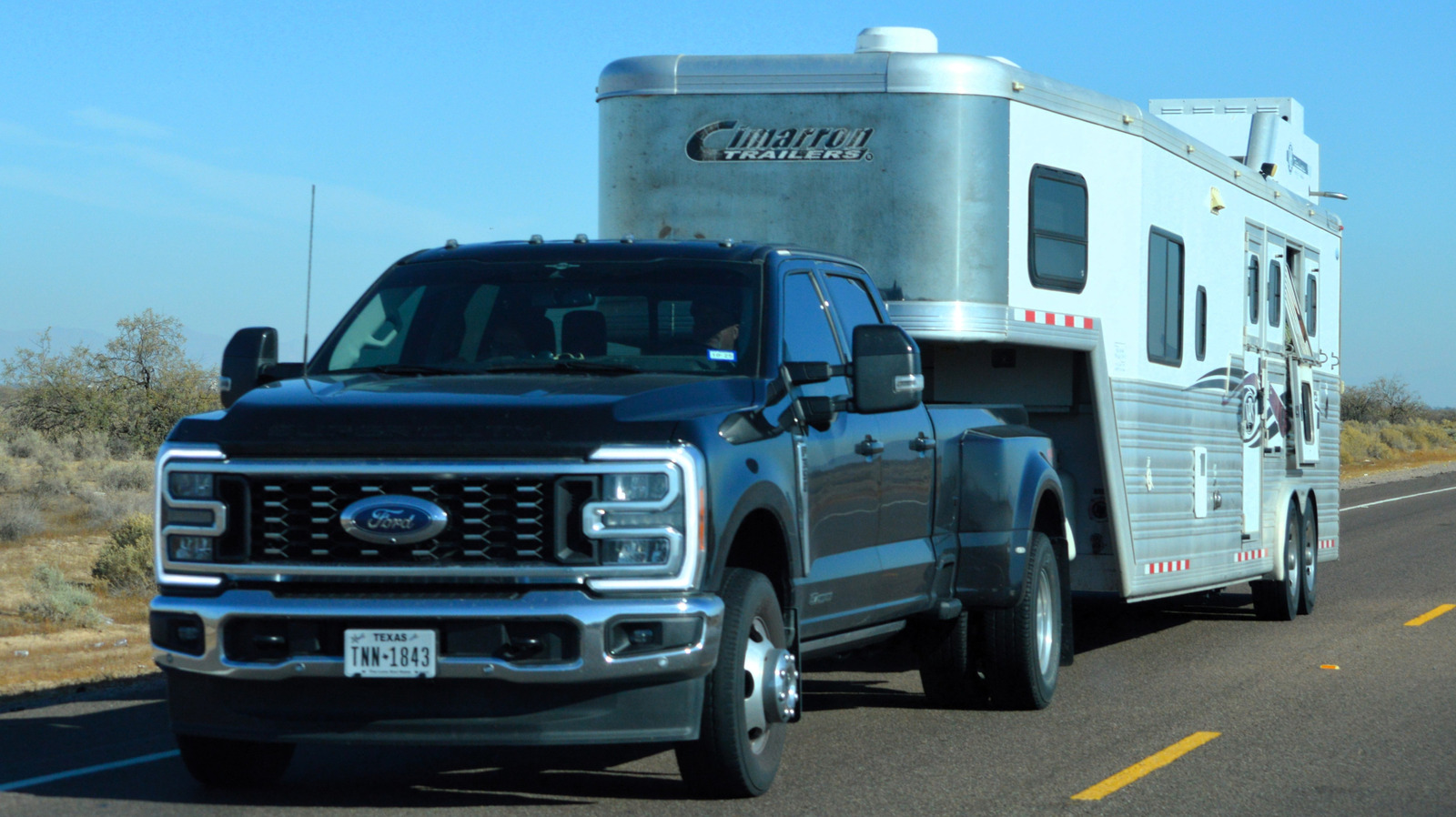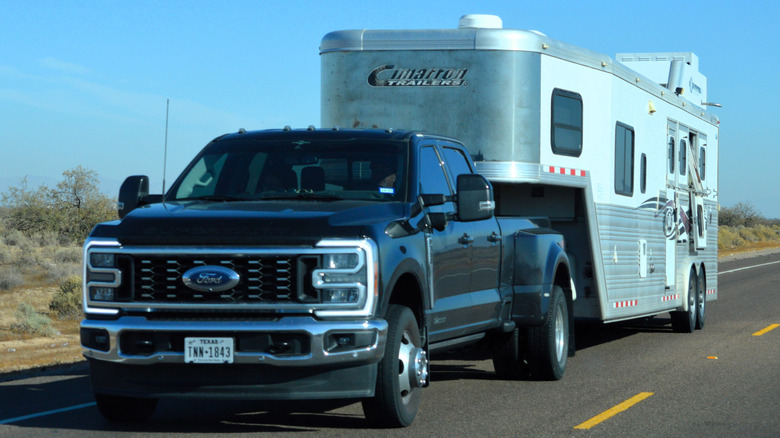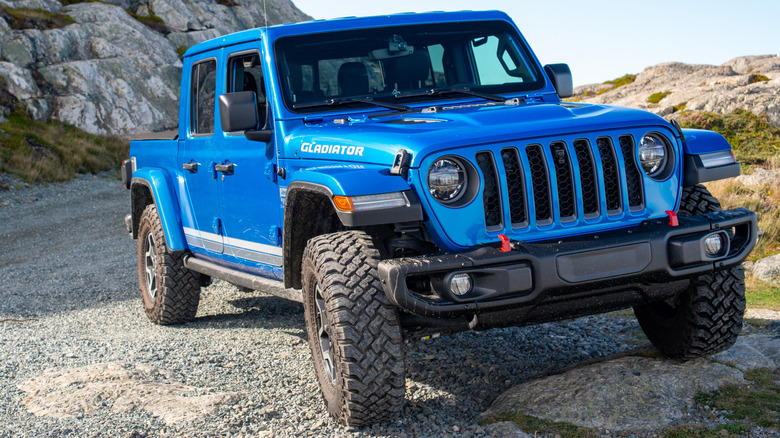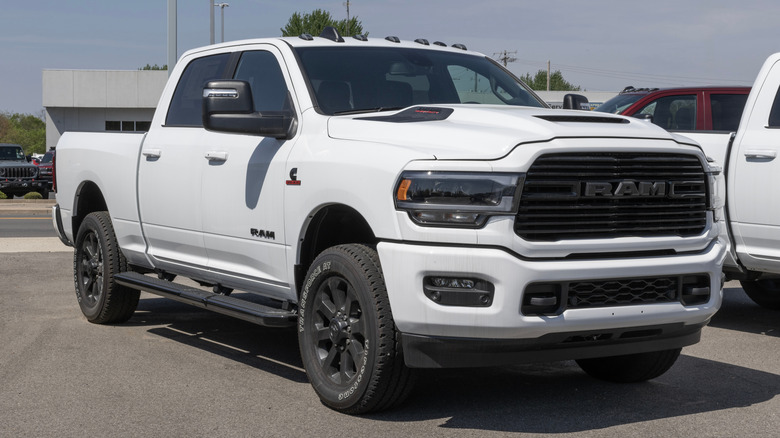In a world where independent front suspension has become the norm, the presence of solid front axles in certain trucks might seem a tad outdated. However, there’s a reason why this traditional design continues to thrive — especially in specific applications. Trucks like the Ram 2500 and Ram 3500, Jeep Gladiator, and the strong-towing Ford Super Duty still rely on solid front axles for one key reason: durability under stress. When maximum load-bearing capability, articulation, and simplicity matter more than refined ride comfort or corner-carving agility, solid axles shine.
A solid front axle is essentially one long, rigid beam connecting both front wheels. This means both wheels move in unison, which is a disadvantage for ride quality but an advantage for distributing stress evenly. For trucks that regularly encounter rugged terrain, tow heavy loads, or operate in harsh conditions, that even load distribution is critical. It reduces the chances of mechanical failure when the vehicle is placed under stress.
From an engineering standpoint, solid axles offer fewer moving parts and pivot points than independent suspension. That translates to greater strength and reliability over time, particularly in work-focused environments. Trucks with solid front axles are not trying to win comfort comparisons — they’re engineered to endure hard labor, backcountry trails, and industrial duty cycles. For buyers who prioritize functionality, longevity, and trail performance over everyday drivability, the solid front axle is proven.
Why solid axles still dominate serious off-roading and heavy towing
If there are areas where solid front axles refuse to surrender, it’s in serious off-roading and heavy towing, where their advantages become not only relevant but crucial. Solid axles are inherently more robust than independent systems, offering better resistance to deformation under the extreme loads experienced when climbing rocks, traversing uneven surfaces, or pulling large heavy trailers. That’s why vehicles like the Ford F-350 Super Duty and off-road-ready Jeep Gladiator continue to rely on this setup — it simply performs better under punishing conditions.
In off-road environments, articulation is king. Solid axles let both front wheels flex and climb over obstacles with greater effectiveness because the axle housing remains connected across the width of the vehicle. This means when one wheel goes up, the other is forced down, increasing the contact patch and traction — vital when crawling over rocks or descending steep trails. With independent suspension, each wheel moves independently, which can lead to situations where one wheel dangles unhelpfully in the air, reducing grip.
Heavy towing is another discipline where solid front axles maintain dominance. These setups offer better resistance to squat and front-end lift, maintaining consistent steering geometry even under load. For commercial trucks and tow rigs carrying heavy fifth-wheel trailers or large payloads, this stability matters.
How solid front axles offer easier maintenance and long-term reliability
Aside from off-road and towing advantages, solid front axles offer another major perk: simpler maintenance and better long-term reliability. These axles are built using time-tested mechanical principles with minimal complexity. Their design also allows for easier access to crucial components such as the differential and axle shafts without the need to disassemble multiple suspension arms or recalibrate any sensors.
The simpler design leads to fewer wear points. With indpendent suspension, there are more ball joints, control arms, and bushings, all of which are subject to wear and need replacement over time. Solid axles traditionally use simpler ball-joint systems and fewer bushings, reducing the frequency and cost of repairs. They also tend to be more forgiving under abuse — making them ideal for trucks that see gravel roads, mud, or constant use in challenging environments.
While solid front axles may not suit the average commuter pickup, they remain indispensable for those who demand durability, ease of repair, and confidence in challenging environments. It’s old-school engineering — but built to last.





